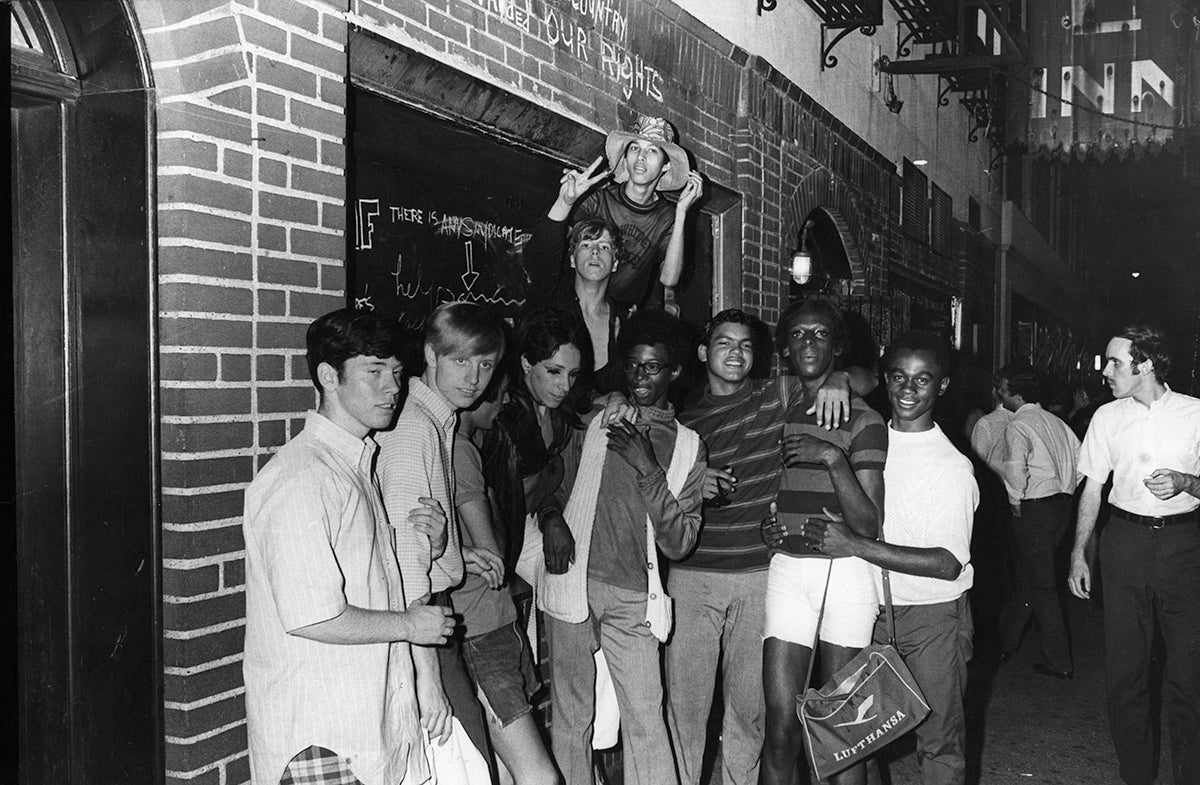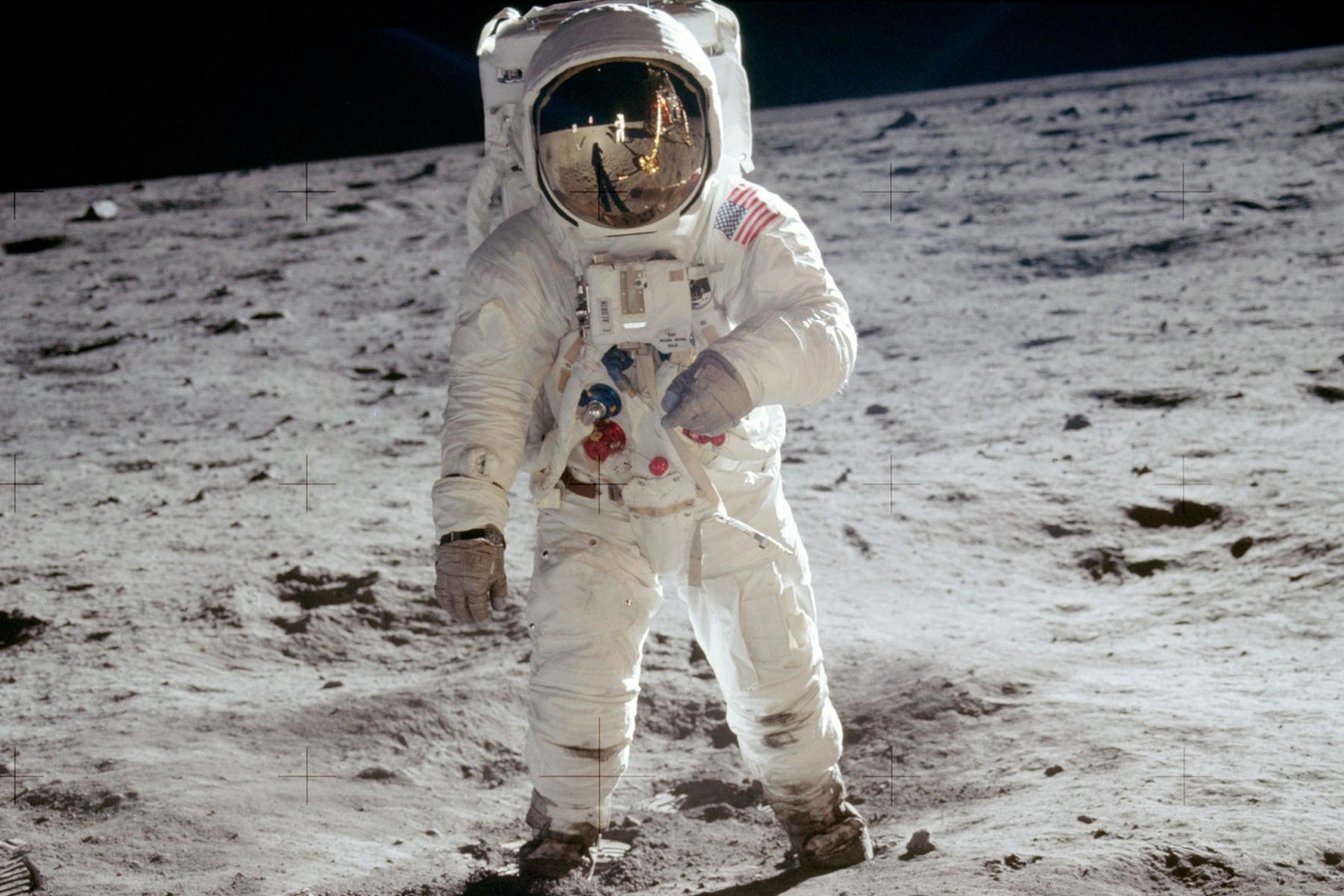
Heroes in focus: A USC Dornsife expert selects her top three images of 2019
With a half a billion images shot and posted online every day, it can feel like every waking moment is chronicled frame-by-frame. But some of these images transcend the Instagram churn, compelling us to consider the broader social relevance of the place, time, or conviction that a picture can capture in ways the written word cannot.
In a year replete with memorable images — from political strife to youth movements to natural disasters, selecting the top three photos of 2019 is no easy task. Fortunately, we were able to call on Professor of Art History and History Vanessa Schwartz.
As director of the USC Visual Studies Research Institute at USC Dornsife College of Letters, Arts and Sciences, Schwartz explores the ways we interpret images and the implications of what we think that we see.
“The top photos of the year are examples of the way we use pictures to mark and remember important moments. Some highly orchestrated as historic, some commemorative photos in their own time, and others spontaneous expressions. All live on as different sorts of iconic images.
“The first two images were everywhere this year as we remembered two very different sorts of triumphs: The beginning of the gay and lesbian rights movement in America begun in response to the police raids at the Stonewall Inn; and the first moonwalk by United States astronaut Neil Armstrong.
 (Photo: Getty Images.)
(Photo: Getty Images.)
“At Stonewall, we see not the riot itself but a commemorative photo made in front of the shuttered bar a few days after the rioting. It is hard to imagine today that every moment of the clash with police would not be filmed by the press or participants with their smartphones or by police themselves now wired with cameras.
 (Photo: NASA/Project Apollo Archive.)
(Photo: NASA/Project Apollo Archive.)
“The moonwalk was a highly choreographed visual spectacle that people around the world watched via satellite. This photo of Armstrong is not of the person depicted. He is seen taking the picture, his image reflected in fellow astronaut Buzz Aldrin’s helmet. They knew and understood that this is the way they would both be pictured.
 (Photo: Reuters/Benoit Tessier.)
(Photo: Reuters/Benoit Tessier.)
“Last, the much-discussed image of 2019: Megan Rapinoe with outstretched arms in celebration as she led the U.S. Women’s Soccer Team to one of its victories along the way to the World Cup championship. This image shows not only history in the making through the image, but it was discussed because of her defiant stance: toward the President whom she said she would not visit in the White House; toward the international soccer world that pays women athletes so much less than men; and to gender conventions that dictate this sort of body language for women.
“With these photos, we see the evolution of American heroes and the role pictures played in social and cultural change, and our memories of events after the fact.”